release time:2024-06-27 16:01:37
The field of veterinary diagnostics plays a crucial role in safeguarding the health of our furry (or feathered, or scaled) companions. Veterinarians rely on diagnostic tests to identify diseases, assess overall health, and ultimately guide treatment decisions. The good news? The veterinary diagnostics market is booming, with a projected growth rate of 10-12% CAGR over the next decade [1, 2]. But how exactly will advancements in technology and changing pet ownership trends shape the future of veterinary diagnostics?
Traditionally, veterinary diagnostics relied on methods like blood tests, X-rays, and physical examinations. While these techniques remain valuable, they can be time-consuming, invasive, and require specialized equipment. Fortunately, the rise of in-clinic diagnostic tools like point-of-care (POC) tests offers a faster and more convenient alternative. These user-friendly tests provide results within minutes, allowing veterinarians to make quicker treatment decisions.
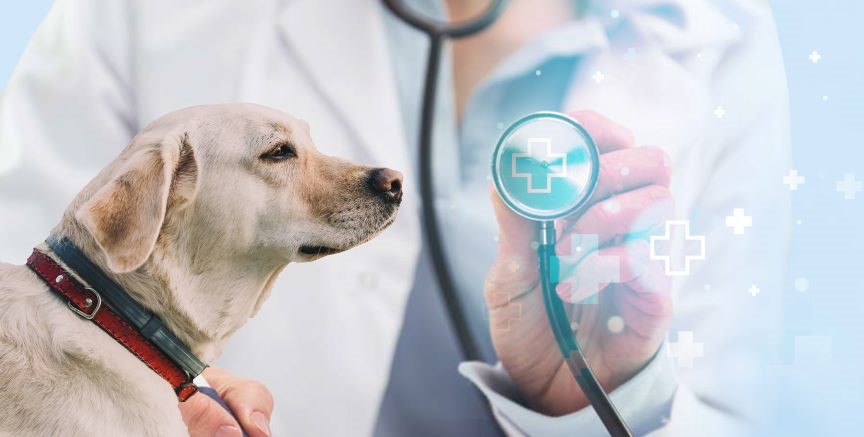
Several key factors are driving the transformation of veterinary diagnostics:
The future of veterinary diagnostics is brimming with exciting possibilities fueled by technological advancements:

Challenges and Considerations
While the future of veterinary diagnostics is bright, some challenges need to be addressed:
The evolution of veterinary diagnostics holds immense promise for the well-being of our animal companions. User-friendly POC tools, AI-powered analysis, and non-invasive diagnostic methods are just a glimpse of what lies ahead. With these advancements, early disease detection, personalized treatment plans, and improved overall animal health become a reality. The future of veterinary medicine is bright, and our pets stand to reap the rewards.
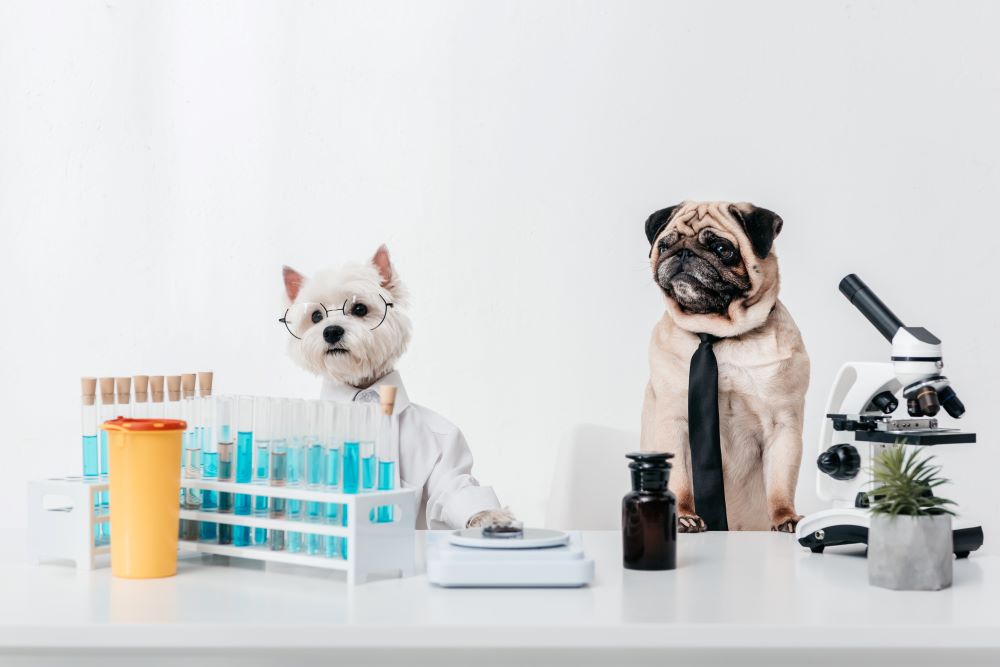
Cited References:
Grand View Research. (2024, June). Veterinary Diagnostics Market Size & Share Report, 2030 [Report].
Fortune Business Insights. (2023, December). Veterinary Diagnostics Market Share | Growth Report [2030].
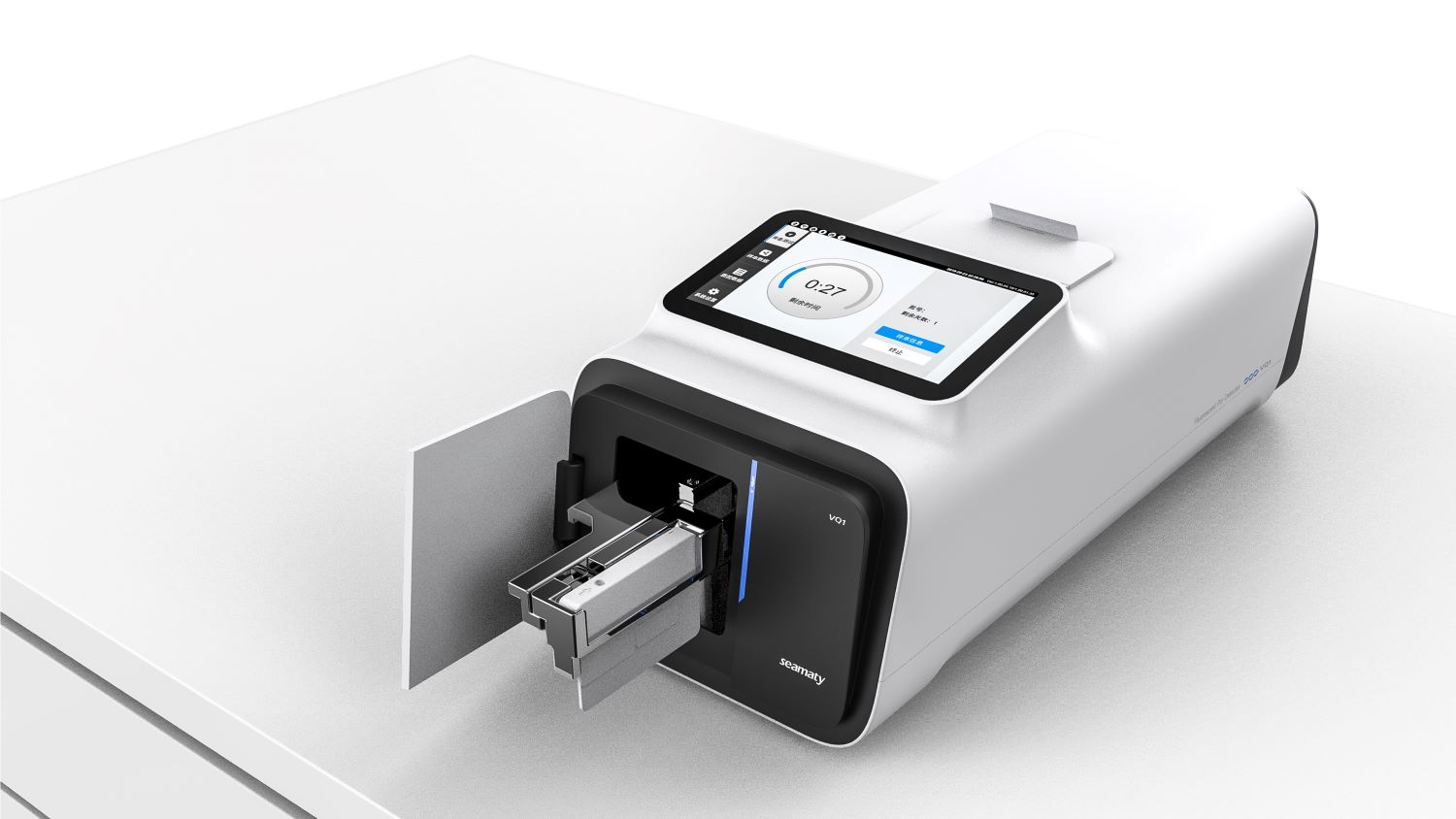
2024-06-25
Discover Seamaty's VQ1 Fully Automated PCR Instrument, a breakthrough in pet diagnostics. Offering rapid, precise, and safe testing, it revolutionizes early detection and treatment of infectious diseases in pets. Ideal for veterinary hospitals and breeding centers, ensuring comprehensive and accurate health solutions for pets.
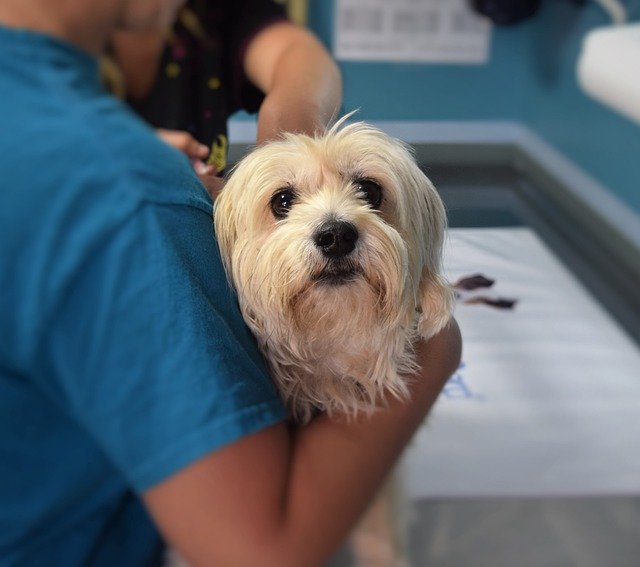
2022-02-18
A biochemistry test is a biochemistry analyzer that measures the levels of enzymes, proteins, lipids and other metabolites in the blood to determine the function of various systems and organs.
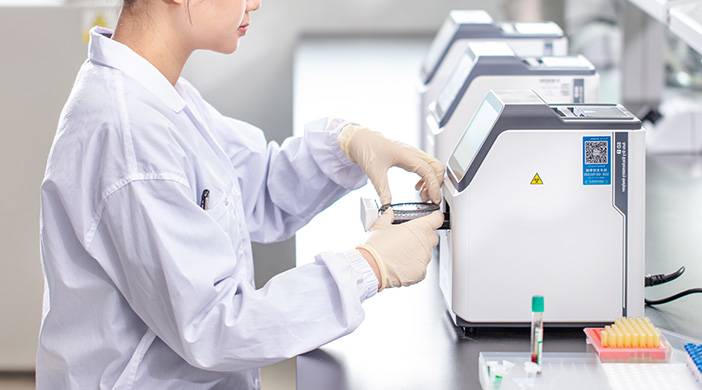
2021-09-03
Microfluidic technology has broad application prospects in medical testing, in vitro diagnosis, drug screening, genetic testing, biochemical analysis, forensic identification, health quarantine, and environmental monitoring of detection.